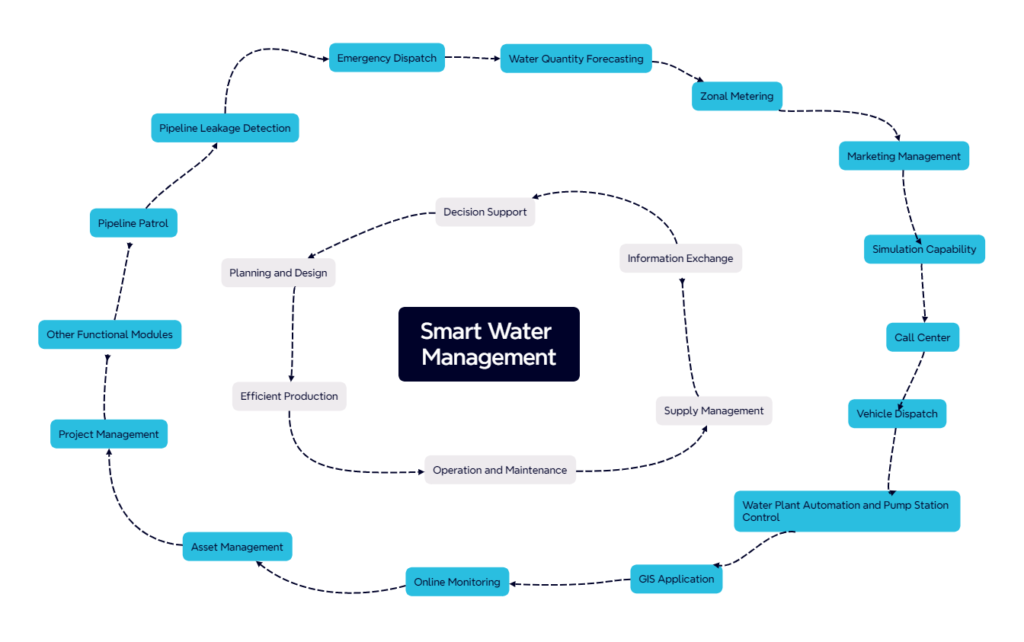Stability, commitment, flexibility, long-term outlook, cost control!
These are unique advantages of family enterprises
to become bigger and stronger.

Have you ever wondered about the hidden complexity behind the water you use every day? Clean water is becoming an increasingly scarce resource due to population growth, climate change, and industrial expansion. But while we rarely think about it, there’s a sophisticated water treatment system working in the background to ensure that we have access to safe water. Yet, traditional water treatment methods are struggling to keep up with modern demands. That’s where IoT (Internet of Things) technology comes into play, transforming water management into something much smarter and more efficient.
Water treatment can be broadly divided into three common methods: physical, chemical, and biological. Physical treatments include processes like filtration that remove large particles from water. Chemical treatments use substances to eliminate harmful contaminants, while biological treatments rely on microorganisms to break down organic pollutants, often in wastewater applications.
While these techniques have served us well, the traditional approach involves a lot of manual monitoring and adjustments, leading to inefficiencies. Imagine managing multiple water treatment plants, constantly tweaking operations based on changing water quality. Not only is this time-consuming, but it also wastes resources. The solution? Make the process more automated and intelligent.
IoT in water management is a game-changer. It combines sensors, real-time data analysis, and smart control systems to allow for seamless communication between water treatment equipment. In practice, this means that sensors can continuously monitor water quality parameters like pressure, pH, and temperature. This data is then fed into a centralized system that automatically adjusts treatment operations without the need for human intervention.
Companies like XIDIBEI are leading the way by providing IoT-based solutions that make water treatment more precise and cost-effective. Their sensors, for instance, are designed to monitor water pressure and quality across various applications, from urban wastewater management to industrial water reuse. These sensors provide real-time data, allowing the system to optimize the treatment process, reducing both chemical usage and energy consumption.
So, why is IoT being hailed as the future of water management? First, it increases efficiency by automating processes that were traditionally manual. This cuts down on both time and human error. Second, IoT-based systems lower operational costs. By using real-time data, the system can fine-tune treatment processes to minimize waste and optimize the use of resources. Lastly, these smart systems ensure better water quality by allowing for rapid adjustments based on the actual conditions of the water, rather than relying on pre-set parameters.
In summary, IoT has the potential to revolutionize the way we manage water resources. By enabling real-time monitoring and automated adjustments, these systems can drastically improve the efficiency and sustainability of water treatment processes. As global water challenges grow more complex, adopting smarter solutions like IoT will be key to meeting future demands.
Subscribe to our newsletter now

+86-19921910756
12th Floor, Santai Building, 137-139 Connaught Road Central, Hong Kong
Mail: info@xdbsensor.com
Copyright © xidibei.com all rights reserved.